Dispersant is a surfactant with two opposite properties, lipophilicity and hydrophilicity, in the molecule. It can evenly disperse the solid and liquid particles of inorganic and organic pigments that are difficult to dissolve in liquids, and at the same time prevent the sedimentation and coagulation of particles, forming the amphiphilic agent required for stable suspension.
The role of dispersant is to use wetting dispersants to reduce the time and energy required to complete the dispersion process, stabilize the dispersed pigment dispersion, modify the surface properties of pigment particles, and adjust the mobility of pigment particles. It is specifically reflected in the following aspects:
- Improve gloss and increase leveling effect. The actual gloss depends mainly on the scattering of light by the coating surface (that is, a certain degree of flatness. Of course, the detection instrument is required to determine whether it is flat enough, not only considering the number and shape of the original particles, but also considering their combination method). When the particle size is less than 1/2 of the incident light (this value is uncertain), it appears as refracted light, and the gloss will not increase. Similarly, the hiding power that relies on scattering to provide the main hiding power will not increase (except for carbon black, which mainly relies on absorbing light, and organic pigments forget). Note: The incident light refers to the range of visible light. It is difficult to say whether there is a balance point, but the increase in specific surface area will reduce the amount of free resin. Generally, the finer the powder coating, the better the leveling.
- Prevent floating color.
- Improve tinting strength. Note that the higher the tinting strength in the automatic color matching system, the better.
- Reduce viscosity and increase pigment loading.
- Reduce flocculation. However, the finer the particles, the higher the surface energy, and the higher the adsorption strength of the dispersant. However, a dispersant with too high adsorption strength may cause adverse effects on the performance of the coating.
- Increase storage stability. In fact, the reason is similar to the above. Once the dispersant is not stable enough, the storage stability will deteriorate (of course, there is no problem from your picture).
- Increase color development, increase color saturation, increase transparency (organic pigments) or hiding power (inorganic pigments).

